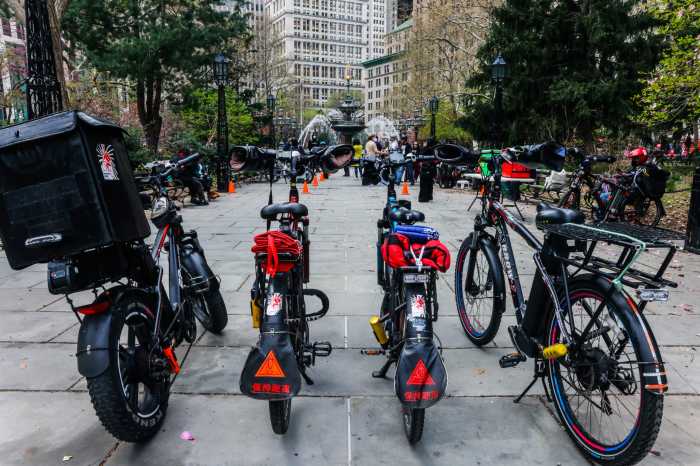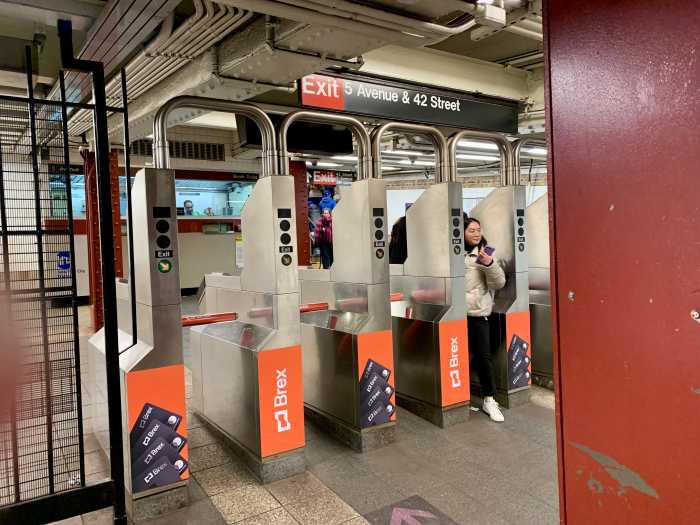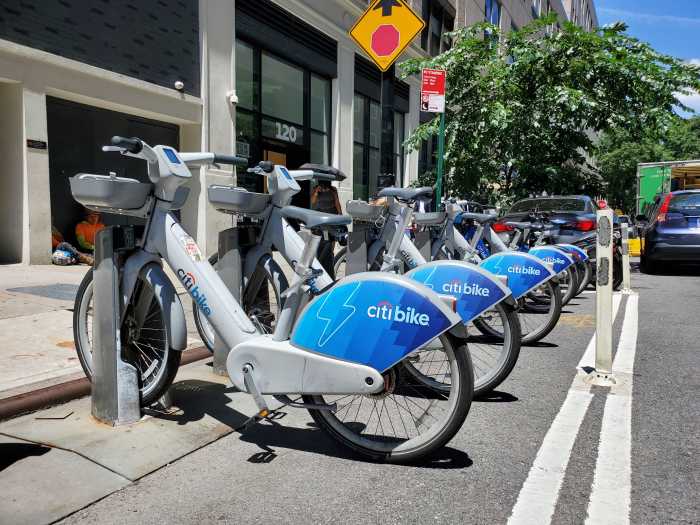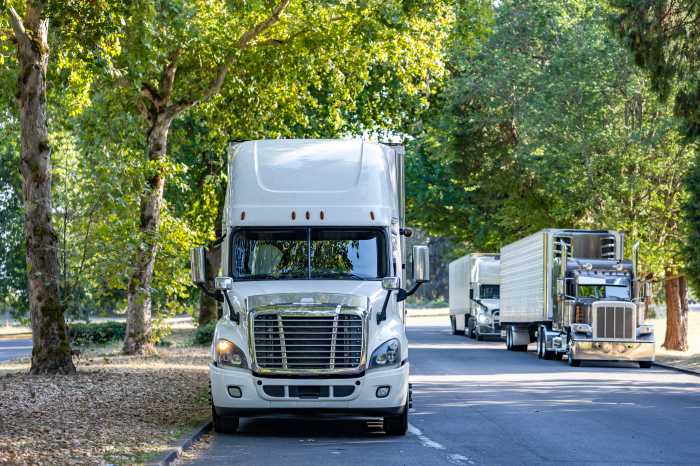
The MTA on Tuesday unveiled 23 new Group Station Managers, or GSMs, charged with overseeing cleanliness, maintenance and “customer service” inside the system’s 472 subway stations.
The new program aims to help the transit authority track station problems — such as overflowing trash cans, filth issues, graffiti or obvious structural concerns — and create better accountability when such issues arise.
The initiative comes after several partial ceiling collapses in stations and other viral videos showing rainwater pouring onto platforms during storms.
“You should expect the shop window, the station, to look good. You don’t turn up at an airport and expect it to be in a pigsty state,” said NYC Transit president Andy Byford, who himself was a station manager on London’s tube in the 1990s.
“It was a job that I loved and it is a model that works,” Byford continued, adding that he believes GSMs will make a “real difference” in stations.
The MTA had previously employed several managers responsible for about 100 stations. The new GSMs will split the entire system; each one overseeing a maximum of 25 stations in different zones of the city.
“No more 100 stations — it’s too much for one person to manage,” said Rachelle Glazier, the program’s crafter and MTA’s chief officer of station enhancement.
The new team is a mix of agency veterans as well as new hires who have had supervisory- or customer experience-focused jobs at such companies as UPS, United Airlines or Verizon. Byford said the mix of experience is best to build a “good team.” The managers have been training for three weeks, said Byford, who valued in job candidates a “proven passion” for customer service and ability to lead.
“They do not need to know all the ins and outs of running a subway,” Byford said. “They’ll learn that over time.”
New York’s subway stations are notoriously dirty, with trash overflowing from garbage bins and onto platforms and tracks, increasing the risk of track fires and service delays. Some, like the Chambers Street station of the J and Z lines, are visually representative of the subway system’s decline, with station column tiles chipped and covered in grime — and these unpleasantries have become dangerous. On Friday, a piece of the ceiling at the Atlantic Avenue-Barclays Center station fell onto the platform of the uptown 4 and 5 trains platform. A similar incident occurred at the Brooklyn Borough Hall 4 and 5 trains station. Commuters, unfazed and perhaps numb to their decrepit surroundings, walked over the rubble and continued on their way.
“There’s been ceiling collapses and it seems like every time it rains lately people are posting videos on Twitter highlighting the storm on the inside of the stations as well,” said Jaqi Cohen, of the NYPIRG Straphangers Campaign.
Cohen pointed out other significant issues, including that about three-quarters of stations still are not compliant with the Americans with Disabilities Act.
“There’s a long way to go to improving the quality of our stations,” she said.
Byford believes the managers should be able to tackle the filth — pigeon feces on the windows of aboveground stations or a trash heap at the end of a platform. The managers are not engineers equipped to identify more subtle structural concerns, he stressed, though they will have maintenance teams.
“A lot of these stations need fundamental work. I’d like to set up some expectations here,” Byford said. “We’re not saying overnight, because we have the group station manager teams, decades of underinvestment will be fixed at the click of fingers.”
For that, Byford pointed to the need to fund his Fast Forward plan: a roughly $40 billion, 10-year plan to modernize subway, bus and transit service. Clean stations, he said, will help restore confidence needed for lawmakers and taxpayers to trust the agency with more money.
“I don’t think we can really legitimately, morally, go around asking for billions more to upgrade this service if we can’t even get the basics right,” Byford said. “You have to prove that you’re a credible management team. You have to prove that you’re worthy of investment.”


































